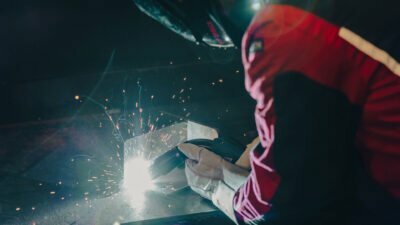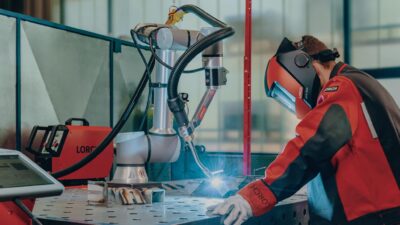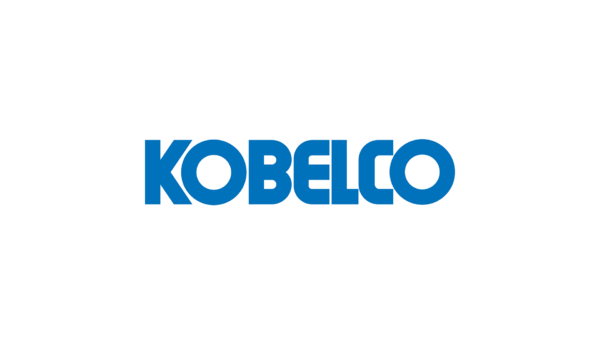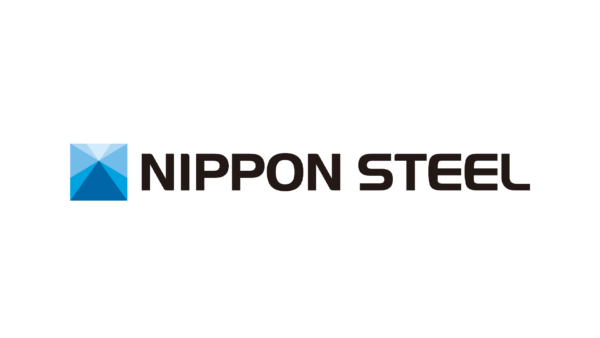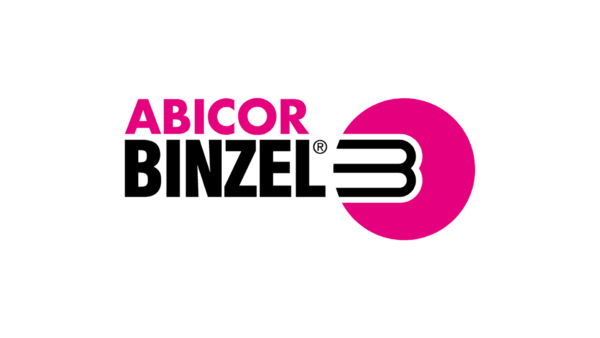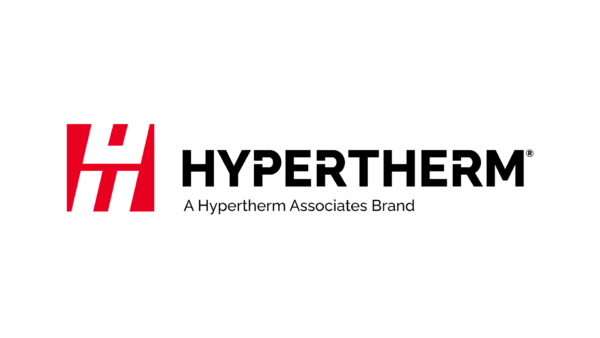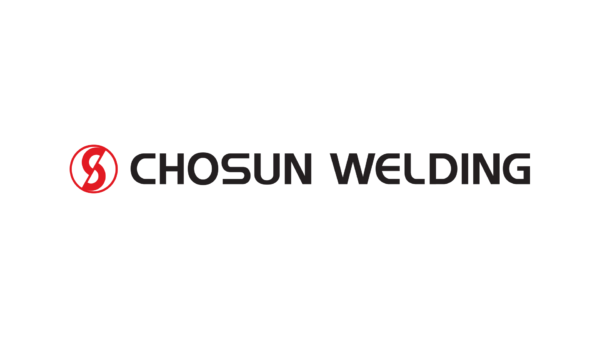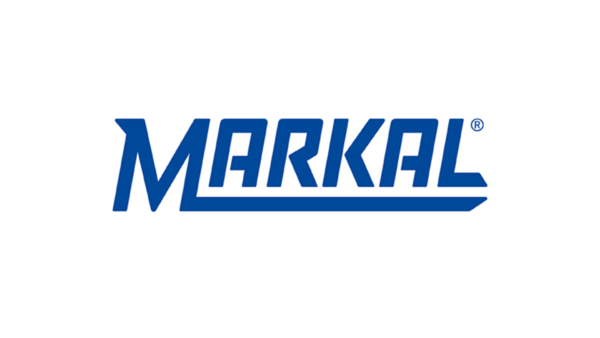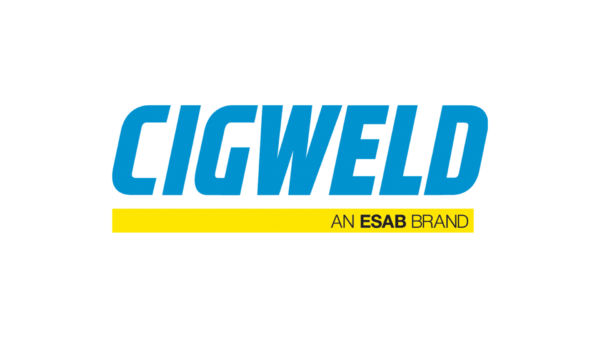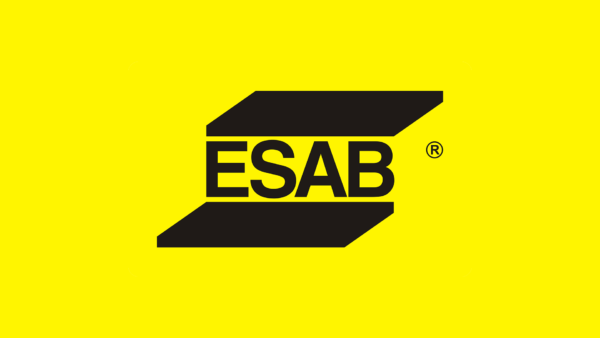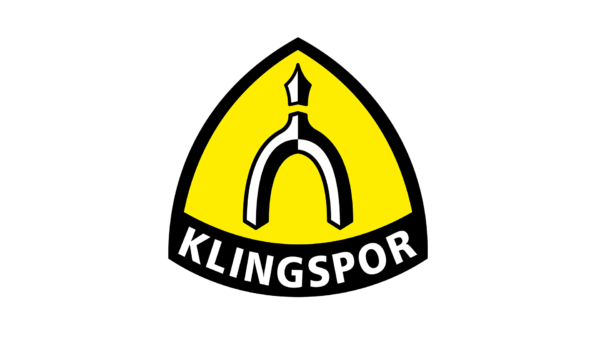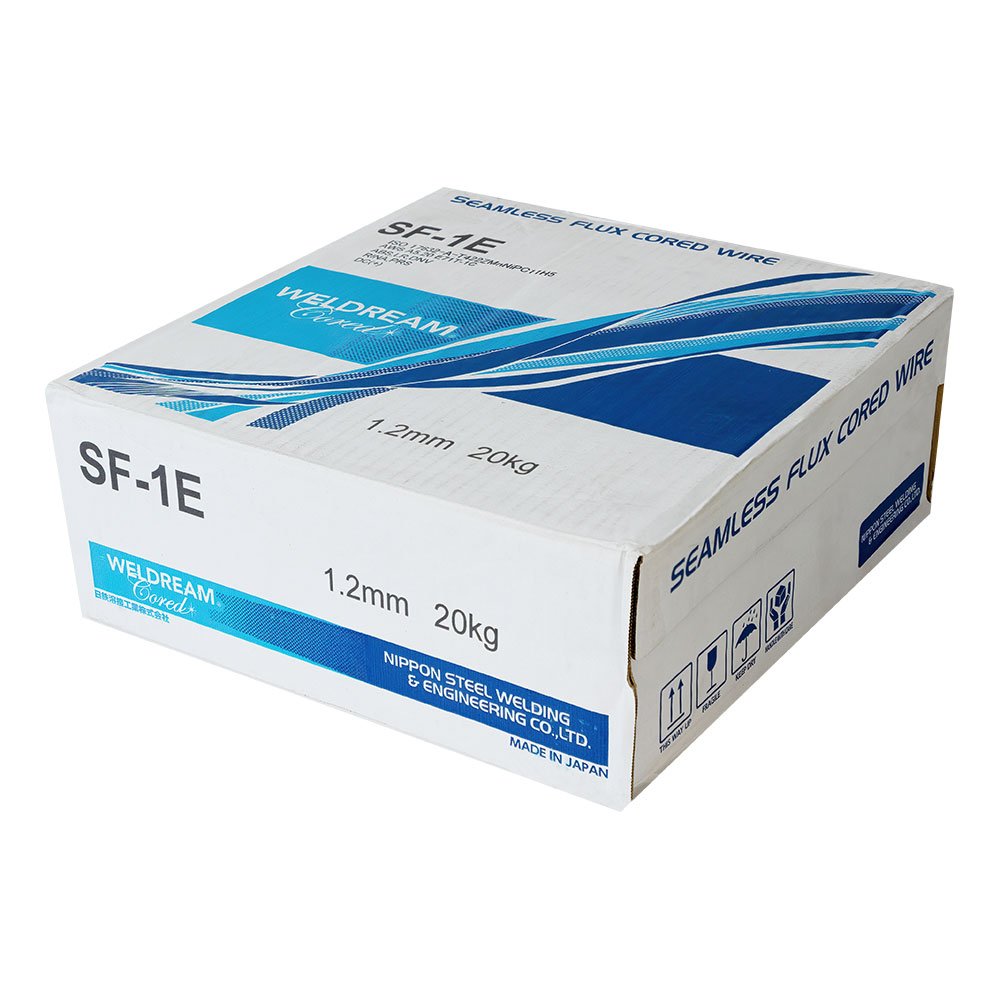Cold Cracking – Use of Low Hydrogen Filler Metals to Reduce Risk
We have seen several instances of cold cracking in welds when visiting customers. The standard of welding work and adherence to correct procedure was not an issue, so the question was why it occurred and what can be done to avoid a repetition.
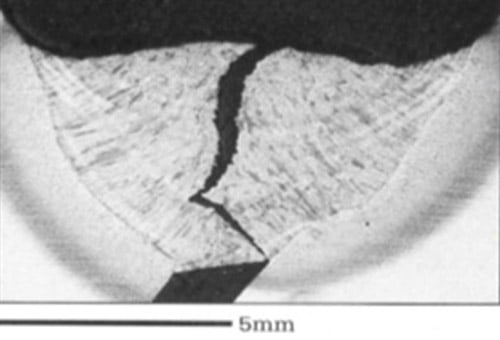
Whether cold cracking occurs depends on the amount of diffusible hydrogen present, the speed of cooling, the residual stress effects, and the type and quality of the metal being welded. Low alloy steels, for example, are inherently more susceptible to cold cracking.
Steels or more particularly imported steel, can be very variable in their microstructure depending on the care taken during manufacturing process to adhere to standard practice and factors such as the amount of additives, eg. boron. This can create real problems for fabricators and/or welders working on the steel.
It is our opinion that some of the steel imported into NZ is not of consistent quality and this is likely to be a significant contributing factor to the occurrence of the cold cracking we have seen. Issues relating to the quality of imported steel have been highlighted in previous years both in NZ and overseas, so this will not be news to many working in the industry. It is important that the Australia/NZ standards are adhered to but, short of testing every individual piece of steel coming in, what else can the end user do to ensure the integrity of their welding work?
The most common source of hydrogen during welding is the welding consumable being used. For this reason, we strongly recommend the use of filler metals with low hydrogen content (<H5) when suitable for welding the types of steel in question. This will significantly reduce the amount of hydrogen in the weld pool and the risk of cold cracking. The increasing use of H5 welding consumables is supported by the recommendations of steel manufacturers and experts in the field worldwide.
It is very important that the correct welding consumable is selected for the job to be undertaken, contact Welding Engineers NZ Ltd if you require technical advice.
Product Focus: SF-1e Flux Cored Welding Wire
Nippon SF-1e is a seismic grade, seamless Flux Cored Wire with low hydrogen content (H5). Although classed as H5, the seamless design of this wire means it has an extremely low diffusible hydrogen content, typically 2.7ml/100g of weld metal. SF-1e is a General Purpose wire, suitable for out-of-position work. It is manufactured by Nippon Steel in Japan so is of consistently excellent quality and reliable supply. Compared to other wires of this grade, SF-1e is our top recommendation in many cases where superior integral strength and reliability are required.


